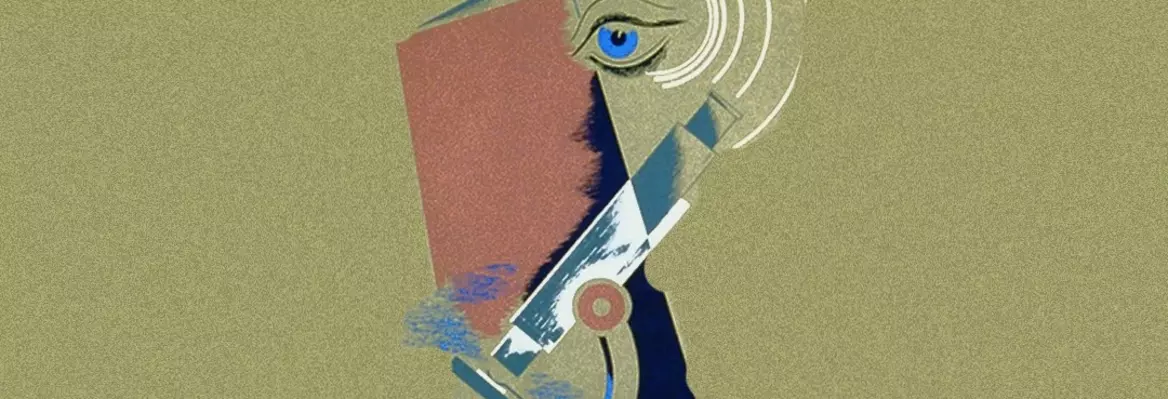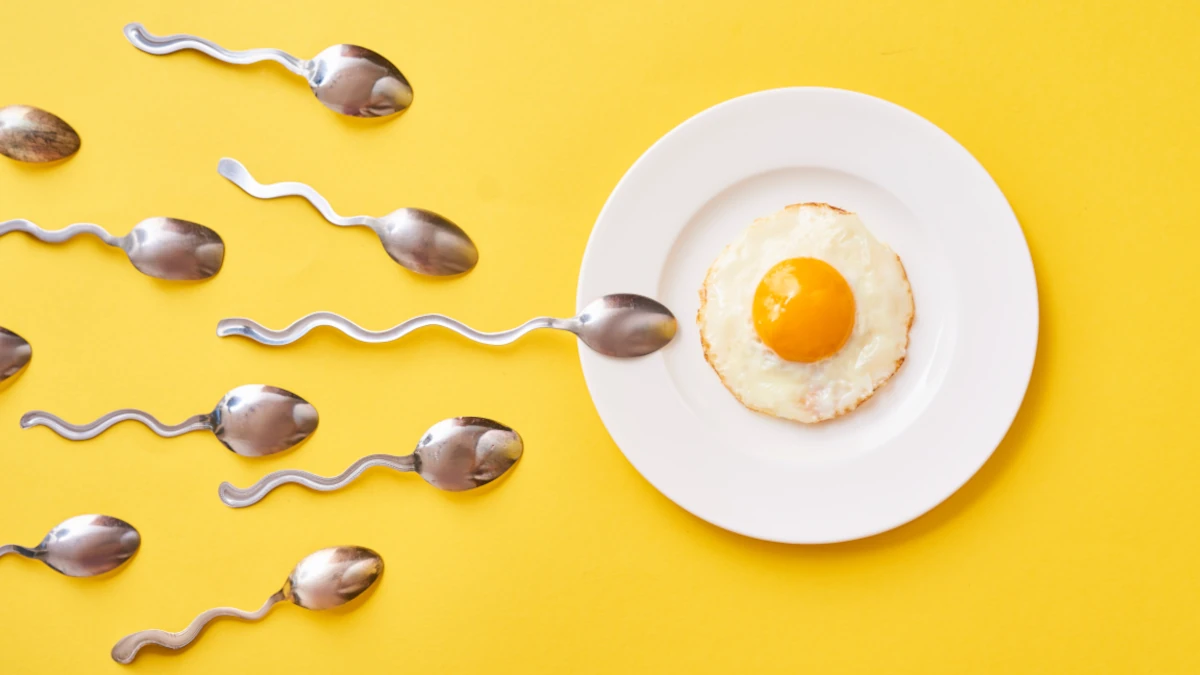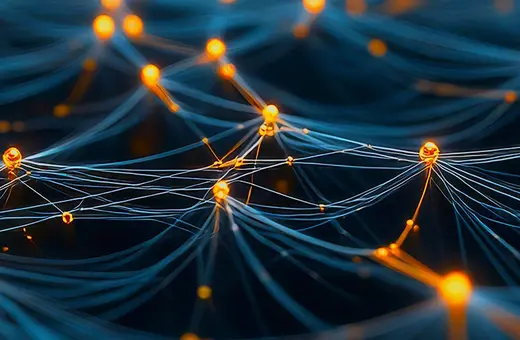Last week, Israeli scientists announced that they had created a model human embryo without using sperm or eggs; are we heading for a future where procreation is an entirely technological, not biological, phenomenon? Genetics and reproduction specialist Dr Güneş Taylor explains what this means for the future of human reproduction.
It was recently reported that researchers have created models of human embryos out of stem cells in a lab environment, without the use of sperm or eggs, grown outside the womb. Can you explain what exactly this means? Is this a biological entity that could grow further, and go on to be become a human?
A few years ago, scientists found to their surprise that, when under the right conditions, mouse stem cells within the lab can self-organise into structures akin to those seen during early mouse development. This caused much excitement as people wondered whether it would be possible to do the same with human stem cells. This very recent news reported that when scientists mixed four different types of human stem cells together, they organise themselves into these structures that look recognisably like human embryos at an early stage of development – complete with cells that would form a placenta etc.
At present, these human stem cell-based embryo models develop at rates slightly different to human embryos and are inefficient to generate in the lab, indicating that more work is required to perfect their growing conditions. Even further work will be required to see if these models do accurately replicate early human development – it is still very early days. Ultimately, until they are tested by growing further it is not possible to say definitively if they could become a human.
It sounds like an amazing achievement, but what’s the point in growing artificial embryos from stem cells? What are the possible benefits?
Human embryos spend a critical period of their early development hidden away inside the lining of the mother’s womb, which makes it hard to study them. Many important biological events occur within the embryo during this time and there is also a high incidence of embryo loss. Therefore, understanding what is happening within human embryos during this period of early embryonic development will help us better understand early pregnancy loss and how birth defects occur.
Currently, scientists rely upon non-human animal models such as mice to try and understand these early stages of development. The hope for this new field of generating embryo models from stem cells is to allow scientists to grow structures that resemble human embryos outside of the human body, therefore allowing them to be studied. As these models use human cells, it is becoming possible for the first time to start really understanding what goes on during this black box of our development.
SUGGESTED VIEWING The Contraception Delusion With Güneş Taylor
What are the implications of this development for the internationally recognized ethical limit (the “14-day rule”) for growing embryos outside of the womb? Do you expect the ethical guidelines on this to change given this recent development?






















Join the conversation